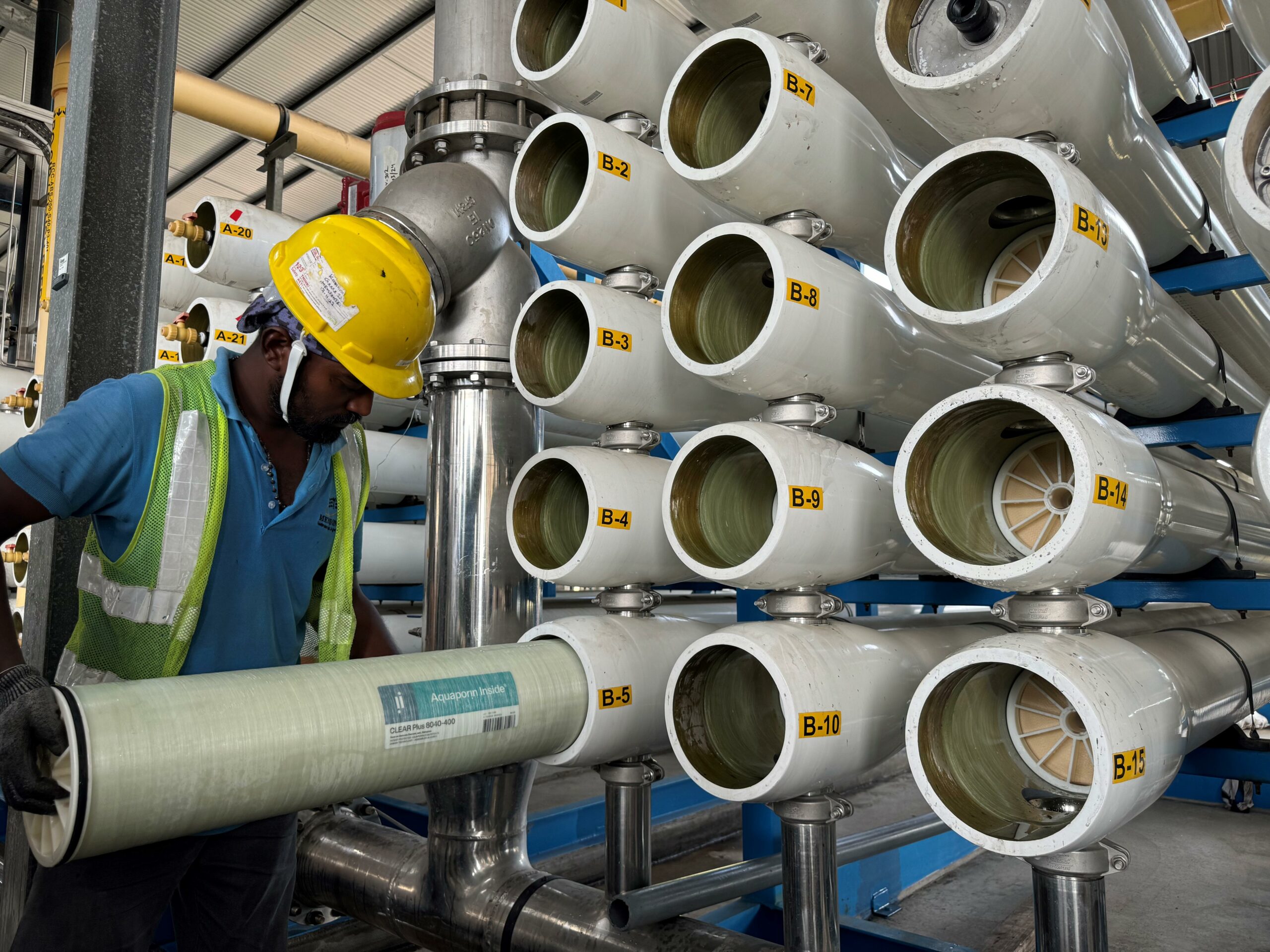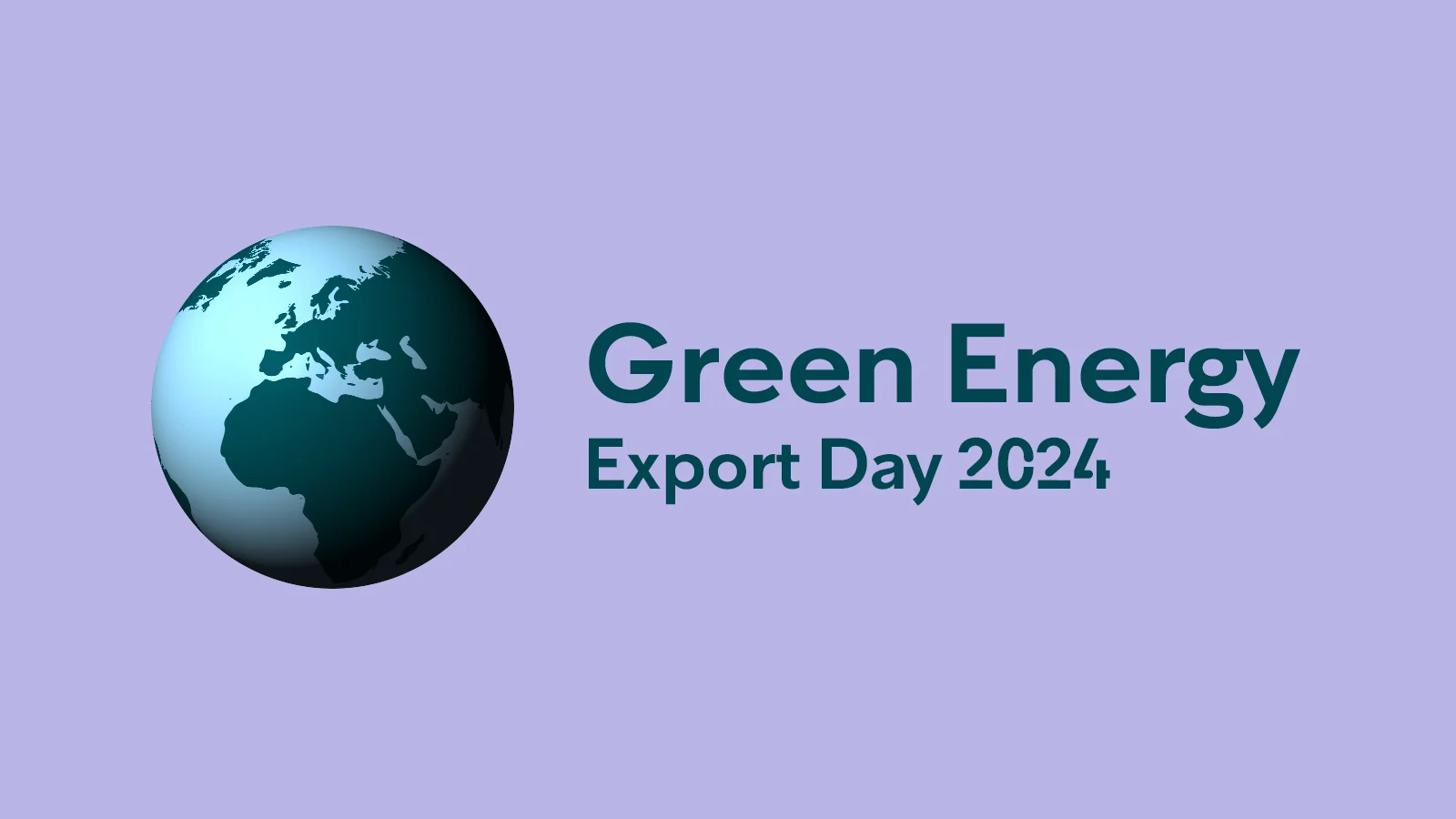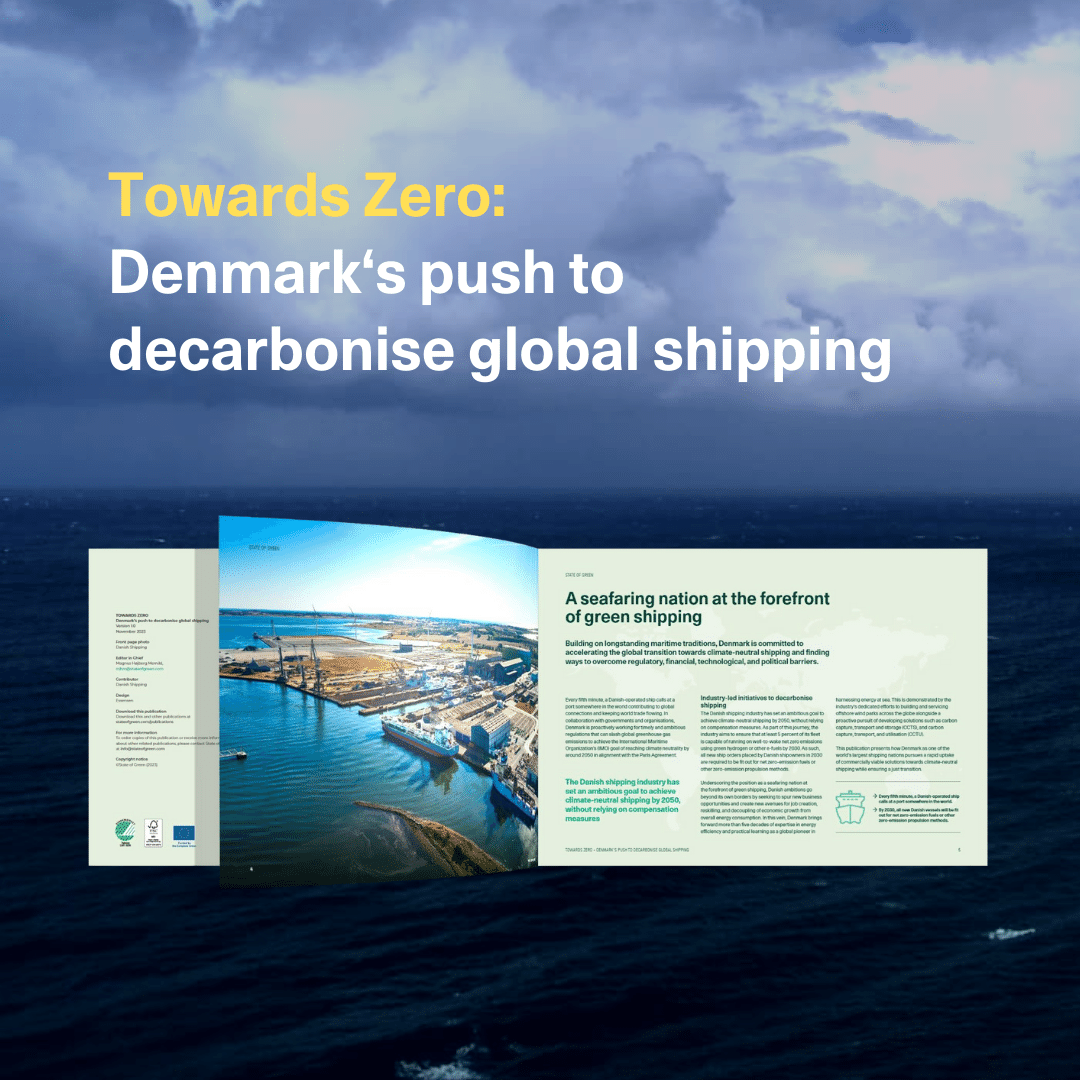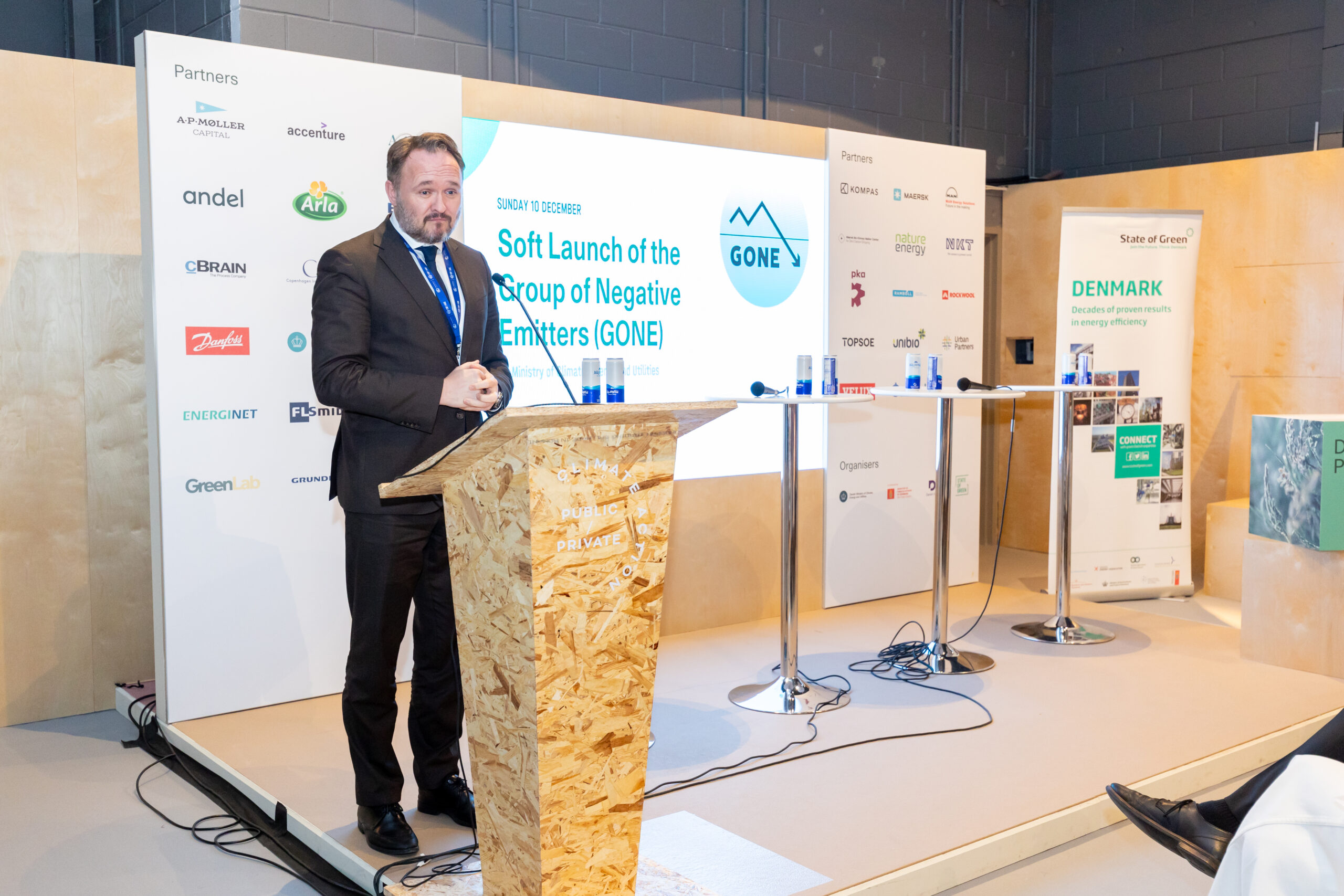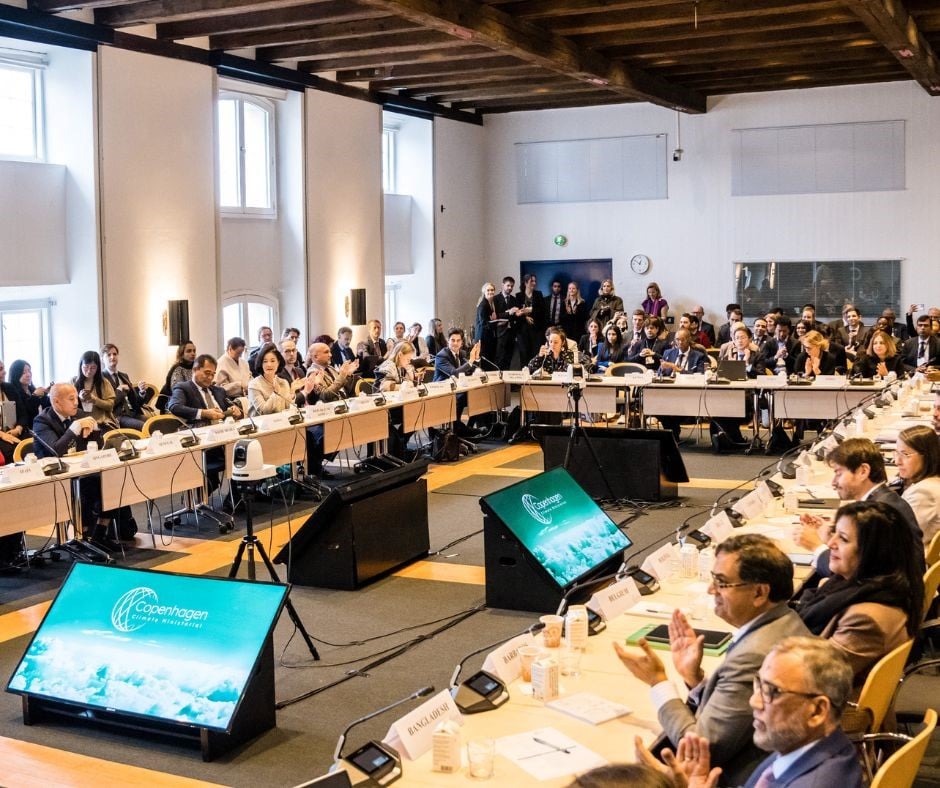News
Solar energy
Combined heat and power production
District energy
+5
The Danish electricity consumption has never been greener


In 2024, the CO2 emissions per average kilowatt-hour in Denmark saw a 23 percent reduction compared to 2022, and a 74 percent decrease from the levels recorded in 2013. This is a new record low for Danish electricity consumption. The preliminary figure of 96 grams of CO2 per kWh has been estimated by Green Power Denmark, with the final calculation set to be included in Energinet’s environmental declaration later this year.
Read more: Never has the electricity we use been greener (in Danish)
A key contributing factor to the reductions in CO2 emissions is the growing energy generation from solar cells and wind turbines. In addition, the Danish Energy Agency measured that central power plants witnessed a 38 percent reduction in coal usage during the first nine months of 2023 compared to 2022. Despite the electricity prices being lower than those in 2022, households have maintained commendable energy-saving practices. Besides this, last year’s power consumption experienced only a marginal increase over the preceding year.
The transition towards green electricity
Denmark imports electricity from neighbouring countries during periods of low wind activity, and exports energy when wind turbines are in full swing. The increasing commonness of wind turbines and solar cells in neighbouring countries over recent years has further contributed to the reduction in CO2 emissions per kWh emphasising a collaborative regional effort towards cleaner energy production.
“Denmark sources hydropower from Norway, solar energy from the Netherlands and wind power from Germany. This collaborative interconnection provides both economic and environmental advantages. In this way, we use renewable energy most efficiently, and it is crucial when we must further reduce CO2 emissions in the coming years – preferably to zero by 2030,” Kristian Jensen, CEO at Green Power Denmark.
In both the Netherlands and Germany, the share of renewable energy in electricity production has now risen to over 50%. However, in the upcoming years, a major challenge will be transitioning the automotive, industrial, and heating sectors to rely on electricity. This shift is anticipated to lead to a substantial rise in power consumption, posing a significant challenge for the energy sector as it seeks to accommodate and sustain the increased demand for electricity.
“Green energy is displacing fossil fuels, and the utilisation of wind turbines and solar cells for generating this green power represents a substantial victory for the climate. We have come a long way in the green transition, but we must take the biggest steps now,” says Kristian Jensen, CEO at Green Power Denmark.
